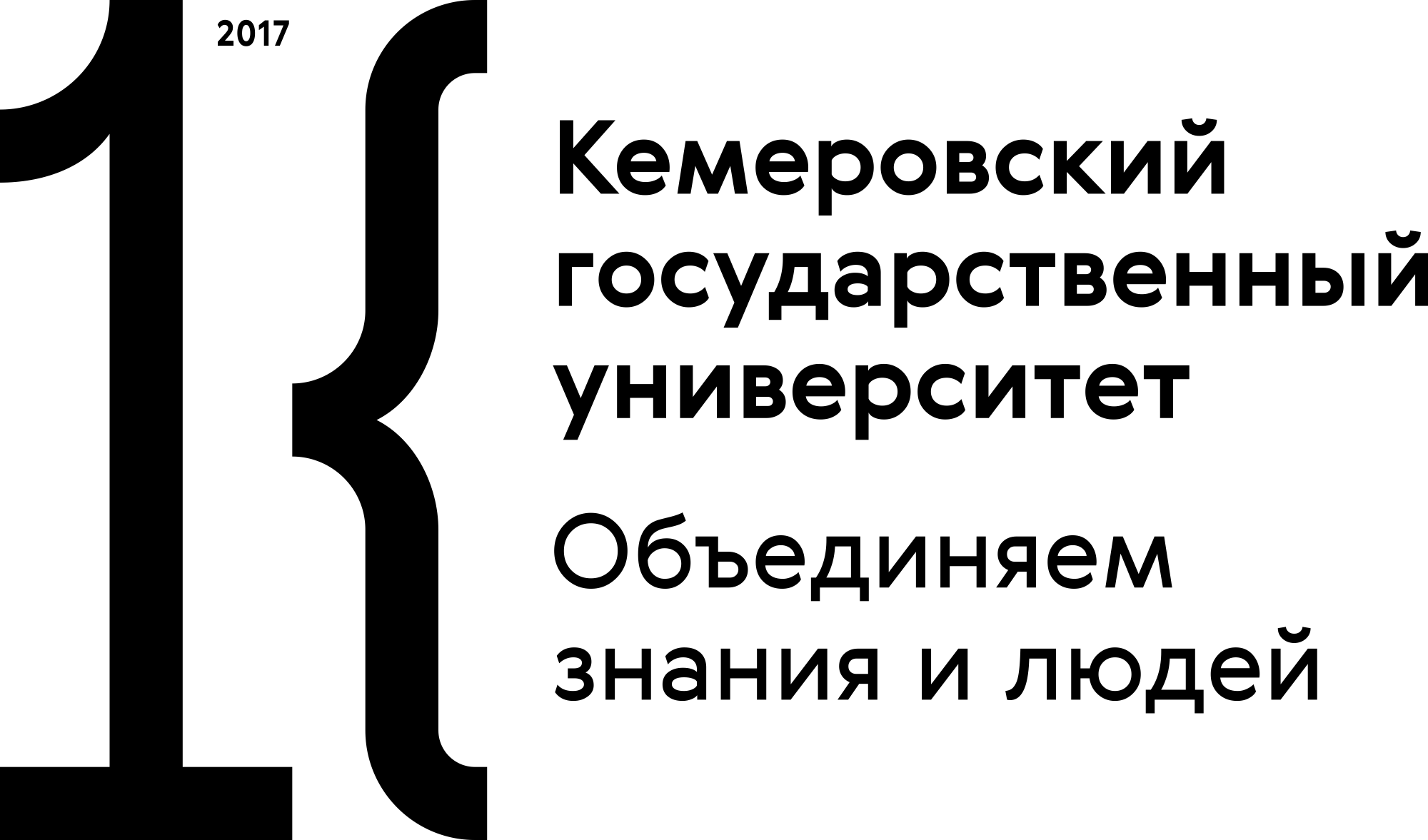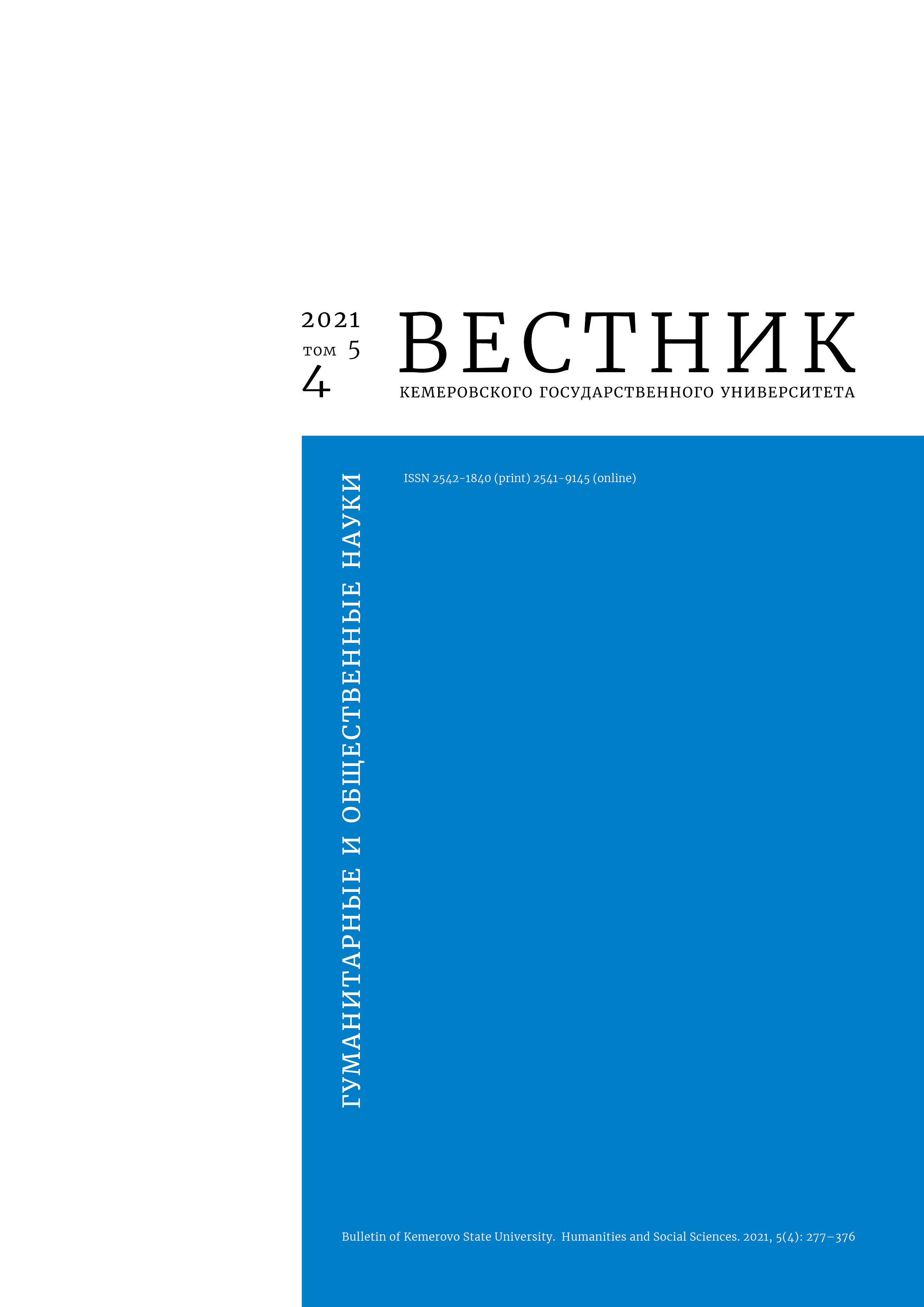Глазов, Удмуртская республика, Россия
Глазов, Россия
с 01.01.2020 по настоящее время
Санкт-Петербург, Россия
Глазов, Россия
УДК 37 Образование. Воспитание. Обучение. Организация досуга
ГРНТИ 14.33 Среднее профессиональное образование. Педагогика среднего профессионального образования
ОКСО 44.03.04 Профессиональное обучение (по отрослям)
ББК 745 Профессиональное и специальное образование
ТБК 3542 Профессиональное образование школьников
BISAC EDU041000 Distance, Open & Online Education
Рассмотрена проблема организации дистанционного обучения в среднем профессиональном образовании. На основании опроса преподавателей более 40 учебных учреждений среднего профессионального образования сделаны выводы о сложностях, возникающих у преподавателей в процессе организации дистанционного обучения. Выявлено, что максимальные сложности связаны с отсутствием у преподавателей и студентов необходимого оборудования, прежде всего персональных компьютеров, необходимого программного обеспечения, доступа к сети Интернет или с недостаточной мощностью интернет-каналов. Большинство преподавателей считают, что качество обучения (после использования дистанционного обучения в среднем профессиональном образовании), по сравнению с очным обучением, существенно ухудшилось. Обозначены факторы, препятствующие эффективной реализации дистанционного обучения. По мнению преподавателей, основным фактором является недостаточное техническое обеспечение, а наиболее актуальной проблемой дистанционного образования является отсутствие личного контакта преподавателей и студентов. В статье приводится анализ возможных причин представленной ситуации. Разработаны предложения по устранению основных сложностей, возникающих при реализации дистанционного обучения в среднем профессиональном образовании, в частности, предлагается больше использовать асинхронные способы дистанционного обучения. Теоретической новизной работы является постановка вопроса о разработке теории использования дистанционного обучения в среднем профессиональном образовании.
оптимизация обучения, проблемы обучения, качество обучения, асинхронное дистанционное обучение, программное обеспечение
1. Bai B., Geng X. Transferable skills in technical and vocational education and training (TVET): policy and practice in China // TVET@Asia. 2014. № 3. P. 1-12.
2. Liu G., Clayton J. Measuring technical vocational education and training (TVET) efficiency: developing a framework // Journal of Open, Flexible and Distance Learning. 2016. Vol. 20. № 2. P. 45-54.
3. Maclean R., Lai A. The future of technical and vocational education and training: global challenges and possibilities // International Jour-nal of Training Research. 2011. Vol. 9. № 1-2. P. 2-15. https://doi.org/10.5172/ijtr.9.1-2.2
4. Neal T. Open and flexible technical and vocational education and training in Commonwealth Pacific Countries // Open learning for an open world: reflections on open and distance learning and teaching at the Open Polytechnic of New Zealand. Lower Hutt, New Zealand: The Open Polytechnic of New Zealand, 2011. P. 264-297.
5. Ryökkynen S., Pirttimaa R, Kontu E. Interaction between students and class teachers in vocational education and training: "Safety dis-tance is needed" // Nordic Journal of Vocational Education and Training. 2019. Vol. 9. № 2. P. 156-174. https://doi.org/10.3384/njvet.2242-458X.1992156
6. Zulhaji Z., Yadi F. F., Santosa A. M. A. Acceleration process of learning vocational education through ICT // Reformulating the Paradigm of Technical and Vocational Education: International Seminar. National Convention VI-APTEKINDO, 2012. P. 1634-1642.
7. Belaya V. The use of e-learning in vocational education and training (VET): systematization of existing theoretical approaches // Journal of Education and Learning. 2018. Vol. 7. № 5. P. 92-101. https://doi.org/10.5539/jel.v7n5p92
8. Berezovska L., Kondratska G., Zarytska A., Volkova K., Matsevko T. Introduction of new forms of education in modern higher and voca-tional education and training // International Journal of Higher Education. 2020. Vol. 9. № 7. P. 107-118. https://doi.org/10.5430/ijhe.v9n7p107
9. Bertrand-Cloodt D., Cörvers F., Heijke H., Van Thor J. The impact of distance deterrence on the choice of field of study in vocational edu-cation in the Netherlands // Investigaciones de Economía de la Educacíon. 2010. Vol. 5. P. 605-624.
10. Harreveld R. E., Danaher P. A. Innovation in open and distance learning and teacher education: the case of pre-service secondary vocational education and training at an Australian Regional university // Journal of Open Learning and Teacher Education. 2004. Vol. 1. № 1. P. 1-13.
11. Petrenko L., Kravets S., Bazeliuk O., Maiboroda L., Muzyka S. Analysis of the current state of distance learning in the vocational education and training institutions // E3S Web Conf. 2020. Vol. 166. https://doi.org/10.1051/e3sconf/202016610010
12. Cattaneo A. A. P., Nguyen A. T., Aprea C. Teaching and learning with hypervideo in vocational education and training // Journal of Edu-cational Multimedia and Hypermedia. 2016. Vol. 25. № 1. P. 5-35.
13. Zwart D. P., Noroozi O., Van Luit J. E. H., Goei S. L., Nieuwenhuis A. Effects of Digital Learning Materials on nursing students’ mathe-matics learning, self-efficacy, and task value in vocational education // Nurse Education in Practice. 2020. Vol. 44. https://doi.org/10.1016/j.nepr.2020.102755
14. Ahn S., Nyström S. Simulation-based training in VET through the lens of a sociomaterial perspective // Nordic Journal of Vocational Edu-cation and Training. 2020. Vol. 10. № 1. P. 1-17. https://doi.org/10.3384/njvet.2242-458X.201011
15. Lin J., Zhang Y. Research on the application of virtual simulation technology and vocational education teaching // Journal of Physics Con-ference Series. 2020. Vol. 1544. https://doi.org/10.1088/1742-6596/1544/1/012089
16. Bacca Acosta J. L., Baldiris Navarro S. M., Fabregat Gesa R., Kinshuk K. Framework for designing motivational augmented reality applica-tions in vocational education and training // Australasian Journal of Educational Technology. 2019. Vol. 35. № 3. https://doi.org/10.14742/ajet.4182
17. Karstensen S., Lier A. R. Virtual welding: a didactic perspective // Nordic Journal of Vocational Education and Training. 2020. Vol. 10. № 1. P. 95-107. https://doi.org/10.3384/njvet.2242-458X.2010195
18. Khaled А., Gulikers J., Biemans H., Wel M. van der, Mulder М. Characteristics of hands-on simulations with added value for innovative sec-ondary and higher vocational education // Journal of Vocational Education & Training. 2014. Vol. 66. № 4. P. 462-490. https://doi.org/10.1080/13636820.2014.917696
19. Kollöffel B., Jong T. de. Conceptual understanding of electrical circuits in secondary vocational engineering education: combining tradi-tional instruction with inquiry learning in a virtual lab // Journal of Engineering Education. 2013. Vol. 102. № 3. P. 375-393. https://doi.org/10.1002/jee.20022
20. Brierton S., Wilson E., Kistler M., Flowers J., Jones D. A comparison of higher order thinking skills demonstrated in synchronous and asyn-chronous online college discussion posts // NACTA Journal. 2016. Vol. 60. № 1. P. 14-21.
21. Buxton Е. C. Pharmacists’ perception of synchronous versus asynchronous distance learning for continuing education programs // Ameri-can Journal of Pharmaceutical Education. 2014. Vol. 78. № 1. https://doi.org/10.5688/ajpe7818
22. Chou C. C. A comparative content analysis of student interaction in synchronous and asynchronous learning networks // Proceedings of the 35th Annual Hawaii International Conference on System Sciences. 2002. P. 1795-1803. https://doi.org/10.1109/HICSS.2002.994093
23. Lin X., Gao L. Students' sense of community and perspectives of taking synchronous and asynchronous online courses // Asian Journal of Distance Education. 2020. Vol. 15. № 1. P. 169-179.
24. Shahabadi M. M., Uplane M. Synchronous and asynchronous e-learning styles and academic performance of e-learners // Procedia - So-cial and Behavioral Sciences. 2015. Vol. 176. P. 129-138. https://doi.org/10.1016/j.sbspro.2015.01.453
25. Nieuwoudt J. E. Investigating synchronous and asynchronous class attendance as predictors of academic success in online education // Australasian Journal of Educational Technology. 2020. Vol. 36. № 3. P. 15-25. https://doi.org/10.14742/ajet.5137
26. Offir B., Lev Y., Bezalel R. Surface and deep learning processes in distance education: synchronous versus asynchronous systems // Com-puters & Education. 2008. Vol. 51. № 3. P. 1172-1183. https://doi.org/10.1016/j.compedu.2007.10.009
27. Worthington T. Synchronizing asynchronous learning: combining synchronous and asynchronous techniques // 8th International Con-ference on Computer Science & Education. Colombo, 2013. P. 618-621.
28. Yamagata-Lynch L. C. Blending online asynchronous and synchronous learning // International Review of Research in Open and Dis-tributed Learning. 2014. Vol. 15. № 2. P. 189-212. https://doi.org/10.19173/irrodl.v15i2.1778
29. Johnson G. M. Synchronous and asynchronous text-based CMC in educational contexts: a review of recent research // TechTrends. 2006. Vol. 50. № 4. P. 46-53.
30. Mabrito M. A study of synchronous versus asynchronous collaboration in an online business writing class // American Journal of Distance Education. 2006. Vol. 20. № 2. P. 93-107. https://doi.org/10.1207/s15389286ajde2002_4
31. O'Doherty D., Dromey M., Lougheed J., Hannigan A., Last J., McGrath D. Barriers and solutions to online learning in medical education - an integrative review // BMC Medical Education. 2018. Vol. 18. https://doi.org/10.1186/s12909-018-1240-0
32. Mukhtar K., Javed K., Arooj M., Sethi A. Advantages limitations and recommendations for online learning during COVID-19 pandemic era // Pakistan Journal of Medical Sciences. 2020. Vol. 36. № COVID19-S4. https://doi.org/10.12669/pjms.36.COVID19-S4.2785
33. Abbasi S., Ayoob T., Malik A., Memon S. I. Perceptions of students regarding E-learning during Covid-19 at a private medical college // Pakistan Journal of Medical Sciences. 2020. Vol. 36. № COVID19-S4. https://doi.org/10.12669/pjms.36.COVID19-S4.2766
34. Almarzooq Z. I., Lopes M., Kochar A. Virtual learning during the COVID-19 pandemic: a disruptive technology in graduate medical edu-cation // Journal of the American College of Cardiology. 2020. Vol. 75. № 20. P. 2635-2638. https://doi.org/10.1016/j.jacc.2020.04.015
35. Brady A. K, Pradhan D. Learning without borders: asynchronous and distance learning in the age of COVID-19 and beyond // ATS Scholar. 2020. Vol. 1. № 3. P. 233-242. https://doi.org/10.34197/ats-scholar.2020-0046PS
36. Rehman R., Fatima S. S. An innovation in Flipped Class Room: a teaching model to facilitate synchronous and asynchronous learning dur-ing a pandemic // Pakistan Journal of Medical Sciences. 2021. Vol. 37. № 1. P. 131-136. https://doi.org/10.12669/pjms.37.1.3096


















